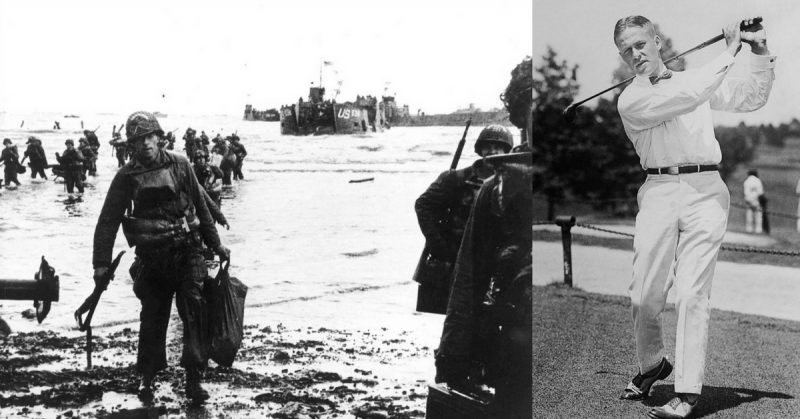When World War II broke out, it was only natural that many annual sporting events were sacrificed in the name of military service and national service. Golf, and The Masters Tournament, annually held at Augusta, was no exception.
Bobby Jones, who co-founded the Augusta National Golf Club and the Masters Tournament, with Clifford Roberts, debated whether or not to go forward with the 1942 Masters tournament. After the attack on Pearl Harbour on the 7th December 1941, the two men were hesitant about holding the tournament but they decided to go ahead and the tournament was won by Byron Nelson, who won an 18-hole playoff by one stroke over Ben Hogan.
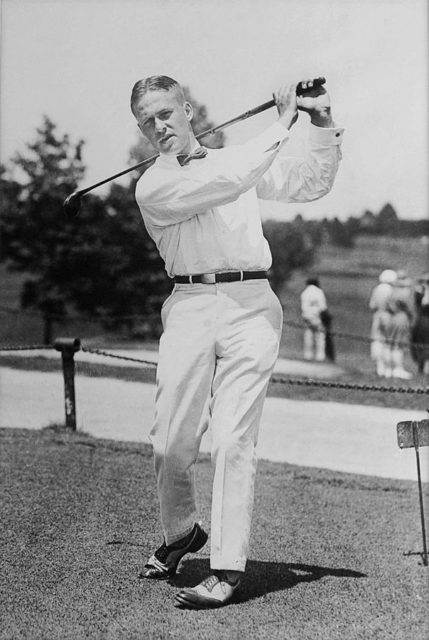
Immediately after the tournament, Augusta was shut down as a golf club and the grounds were turned over to raising cattle and turkeys. By all accounts the turkey operations were successful, but the cattle herd was something of a failure. According to Clifford Roberts in his book, The Story of the Augusta National Golf Club, the cattle not only destroyed many of the azalea and camellia bushes, they also ate the bark of many of the young trees and the entire operation lost around $5,000.
At the time of Pearl Harbour, Bobby Jones was almost 40 years old and thought too old to serve but he proved all his detractors wrong. He approached the Army Air Service for a commission, and he was enlisted with the rank of captain, in June 1942.
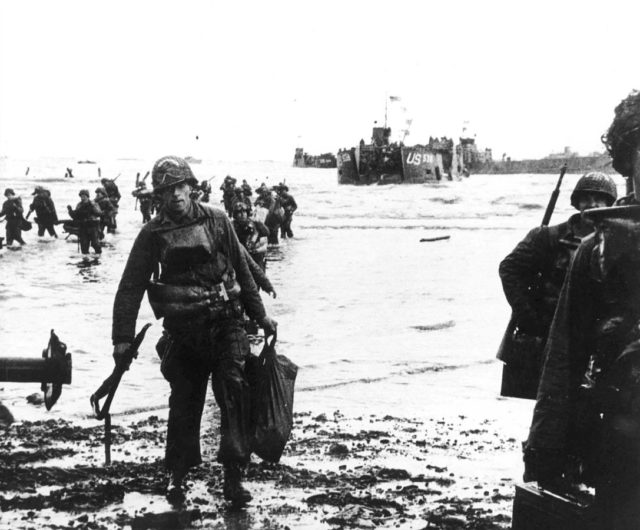
He was assigned to Mitchell Field in Long Island, New York, where he joined the First Fighter Command. His progression through the ranks was steady, and in March 1943, he was promoted to major. In the same year, he was transferred to Military Intelligence with the Ninth Air Force, and he sailed for England.
In June 1944, Bobby Jones took part in the D-Day Landings, arriving in Normandy the day after the initial invasion. General Dwight D. Eisenhower commanded the invasion force, and would later go on to become the American President and also a member of Augusta National. Bobby Jones was not placed in a safe and secure seat, back in a cosy office in London, he went out with the invasion force and, though not in the first wave, he did his bit for his country.
In 1944, Bobby Jones held the rank of Lieutenant Colonel and was granted an honourable discharge from the Army, arriving back in Atlanta in August of that same year. He arrived with little fuss and set about reviving his beloved Augusta National and within a year , there were plans for the Masters to be held again were announced.
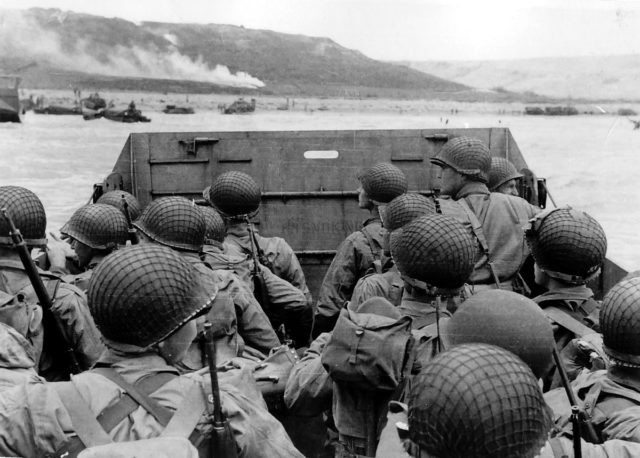
The Augusta Chronicle reported in the edition of 18th November 1945, “The nation’s second-ranking golfing classic – the Augusta Masters tournament – will be resumed next spring after a four-year period of inactivity caused by the war.”
Not only was the course resurrected after being nearly destroyed by the herd of cattle, but the clubhouse was also upgraded with the addition of bedrooms and a Trophy Room.
As promised by The Augusta Chronicle, on the 4th April 1946 the Masters was played with a field of 51 players. Herman Keiser was awarded $2,500 for his win, by one shot, over Ben Hogan. Keiser served in the Navy, aboard the USS Cincinnati, an Omaha class light cruiser, in the South Atlantic.
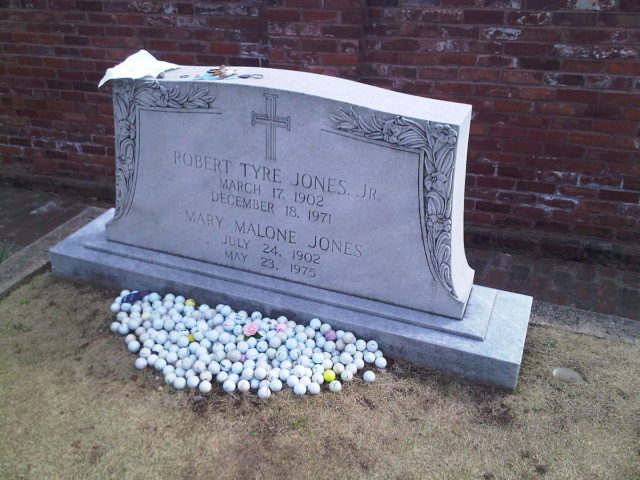
Jones and Keiser were not the only golfers to serve. Indeed, many golfers that could not actively serve played exhibition matches to raise money for the war effort. Two previous Masters Tournament winners, Gene Sarazen, and Byron Nelson raised considerable sums in this manner.
Lloyd Magrum, who shot a course record round of 64 in the 1940 Masters, was awarded two Purple Hearts for bravery during combat in the war. Not only were past stars enlisting, but those that were still to make their mark in the golfing world, such as Ben Hogan and Sam Snead, undertook active military service. Hogan served with the rank of lieutenant in the Army Air Corps and Snead served in the Navy.
In 1946, with peace declared, professional golf resumed full time and our golfing heroes went on to gain acclaim by winning prestigious tournaments. In 1946, Mangrum won the U.S. Open; Snead the British Open and Hogan won the PGA, a credit to their sport and to their nation.
